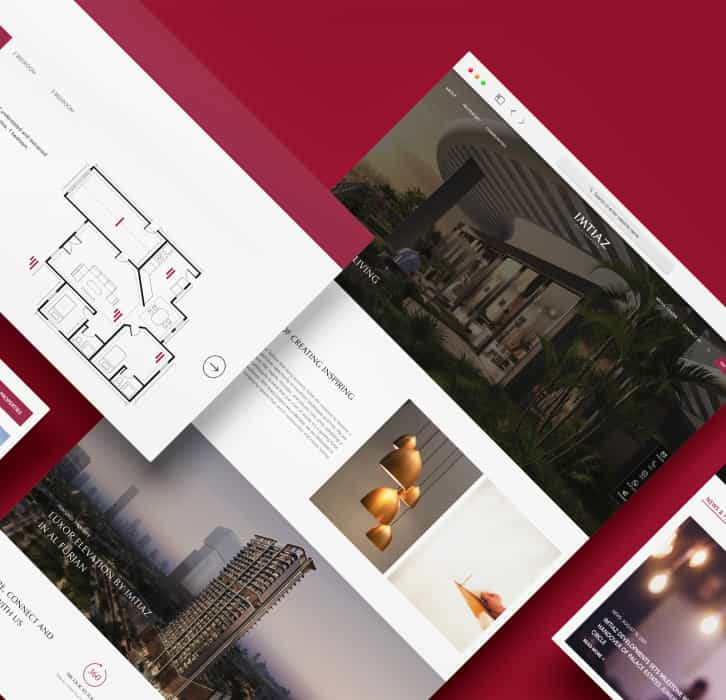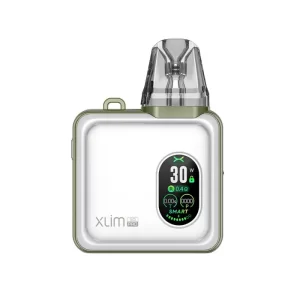How to Use Whitespace Effectively in Web Design

Whitespace or negative space is the empty space between elements in a design. It may seem counterintuitive, but whitespace plays a crucial role in web design. It not only makes the overall layout more visually appealing, but also improves readability and user experience.
In this tutorial, we will explore how to use whitespace effectively in web design in UAE to create clean, organized and modern layouts.
Why Is Whitespace Important?
Whitespace is an essential element of good design. It helps to break up content into digestible pieces, making it easier for users to scan and understand information on a webpage. Without proper spacing, a page can quickly become overwhelming and cluttered. Types of Whitespace
In web design, there are two main types of whitespace:
1. Macro or Active Whitespace
Macro or active whitespace refers to the space between major elements such as paragraphs, images, buttons, and other blocks of content. This type of whitespace is essential for creating a clear visual hierarchy on a page and improving readability.
2. Micro or Passive Whitespace
Micro or passive whitespace refers to the smaller spaces between individual elements such as letters, words, and lines of text. It may seem insignificant, but these small spaces can have a significant impact on the overall visual appeal and legibility of a design.
Guidelines for Using Whitespace
- Use enough whitespace: The key is not to be afraid of using empty space. In fact, having too little whitespace is worse than having too much.
- Balance out content: Don’t cram all your content into one section or leave large areas completely blank. Instead, distribute your content evenly throughout the page to create a sense of balance.
- Keep it consistent: Consistency is crucial in design, and this applies to the use of whitespace as well. Having a consistent amount of spacing throughout your website will create a cohesive and visually appealing design.
- Use different types of whitespace for different purposes: Macro whitespace can be used to separate larger elements, while micro whitespace can be used to improve readability within blocks of text.
- Consider the typeface and font size: The typeface and font size you choose can also have an impact on how much whitespace is needed for optimal legibility. Be mindful of this when designing your layout.
In short, whitespace is an essential element in web design that can greatly improve the readability and visual appeal of a website. By following these guidelines, you can effectively use whitespace to create a balanced and aesthetically pleasing design.




